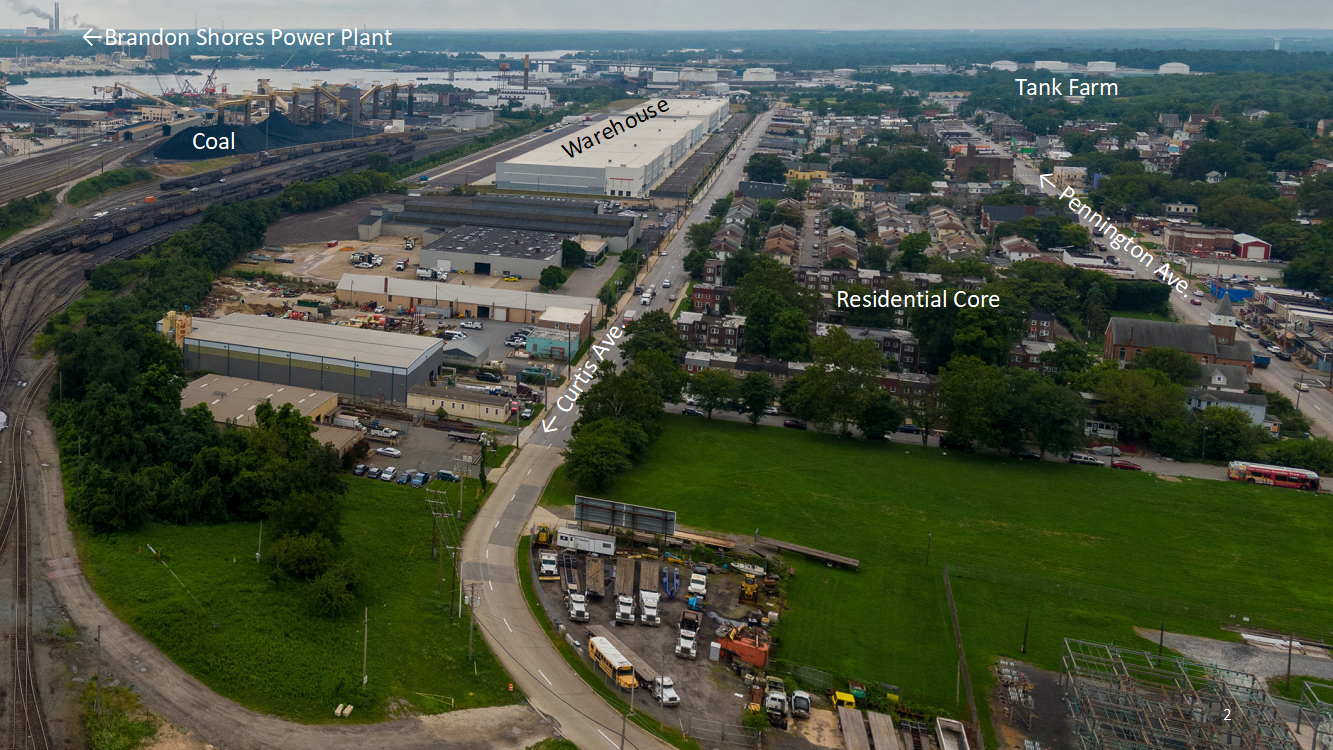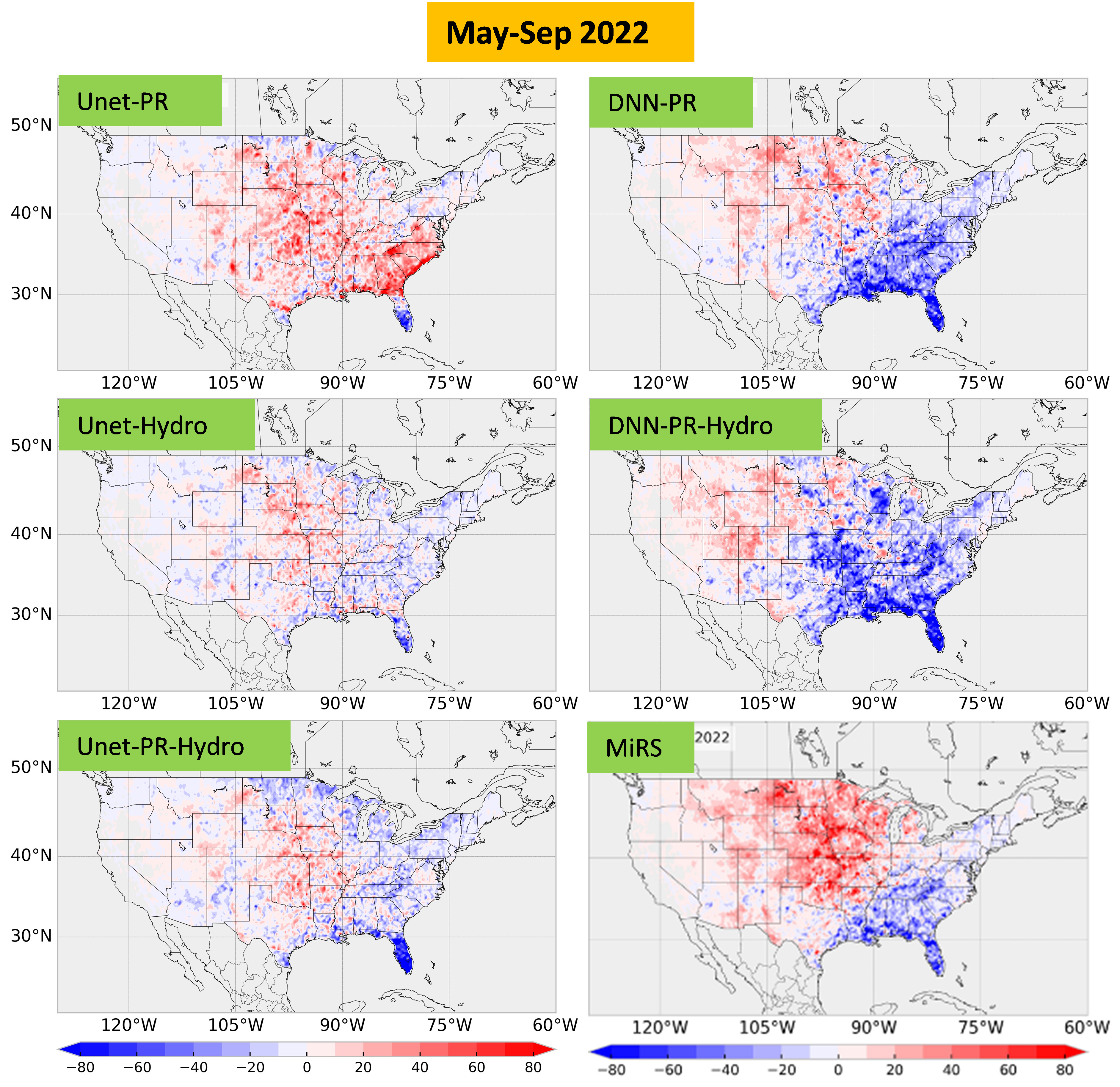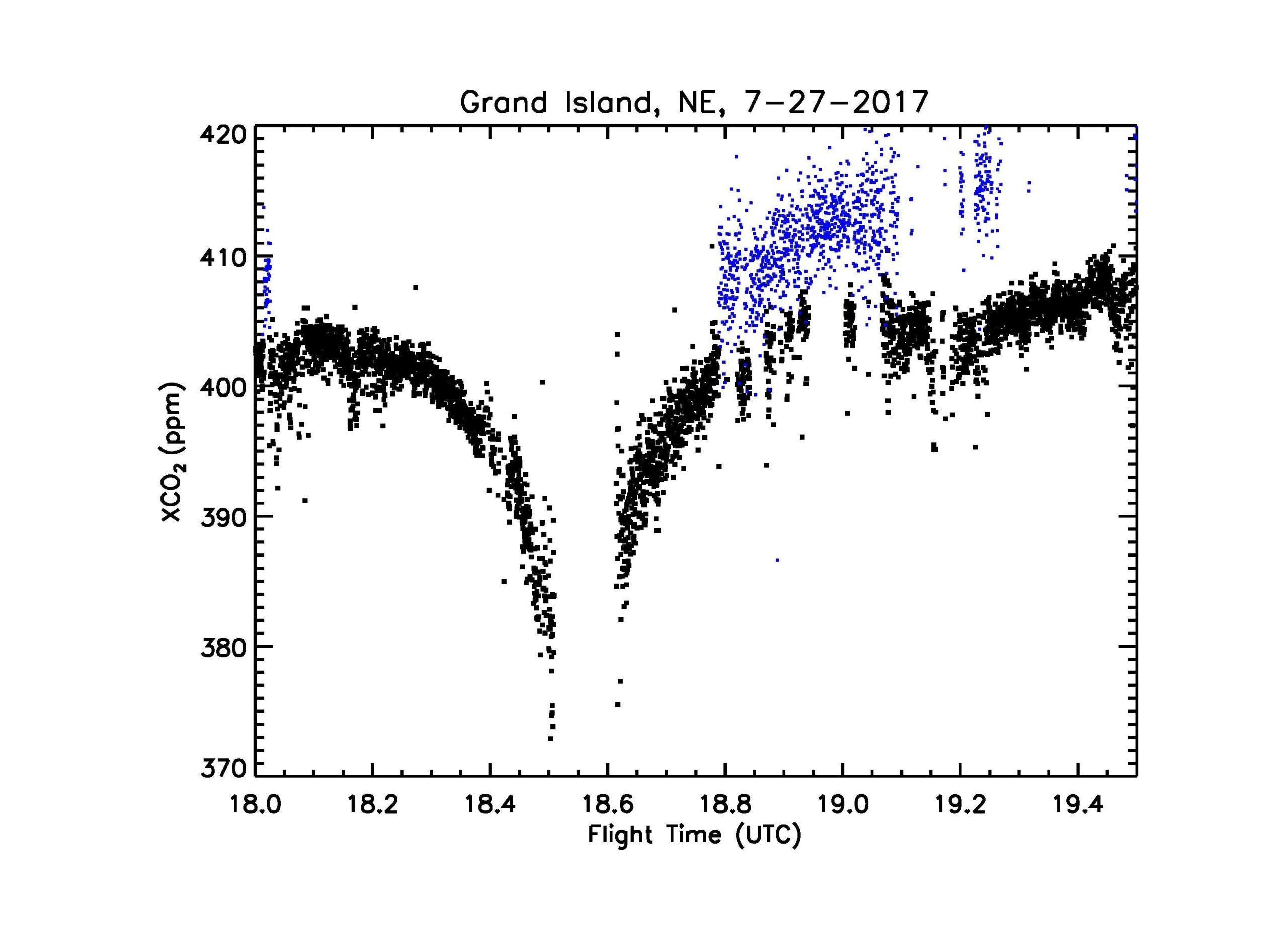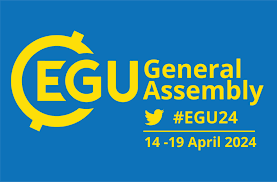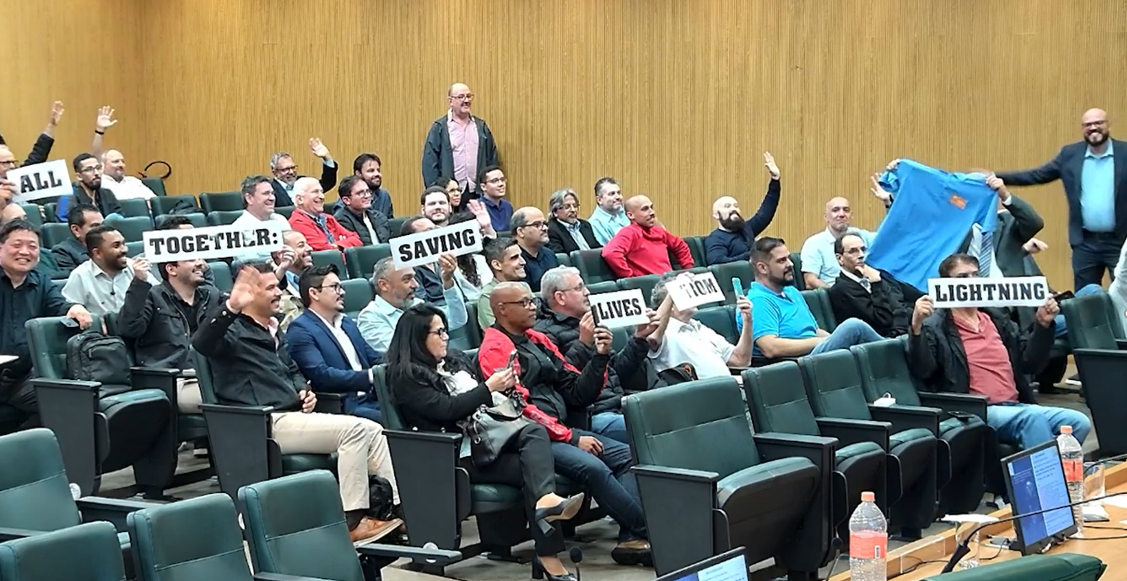
Zhang Organized the 2024 International Lightning Safety Day Event
ESSIC/CISESS scientist Daile Zhang took the lead and organized the 2024 International Lightning Safety Day (ILSD) Event on June 28, 2024. The ILSD event serves as an annual virtual platform dedicated to the discussion of lightning safety strategies, educational initiatives, technological advancements, methodologies, progress, and challenges from around the world. With participants from over 25 countries spanning North and South Americas, Africa, Asia, and Europe, this event aims to foster global collaboration in lightning safety.




